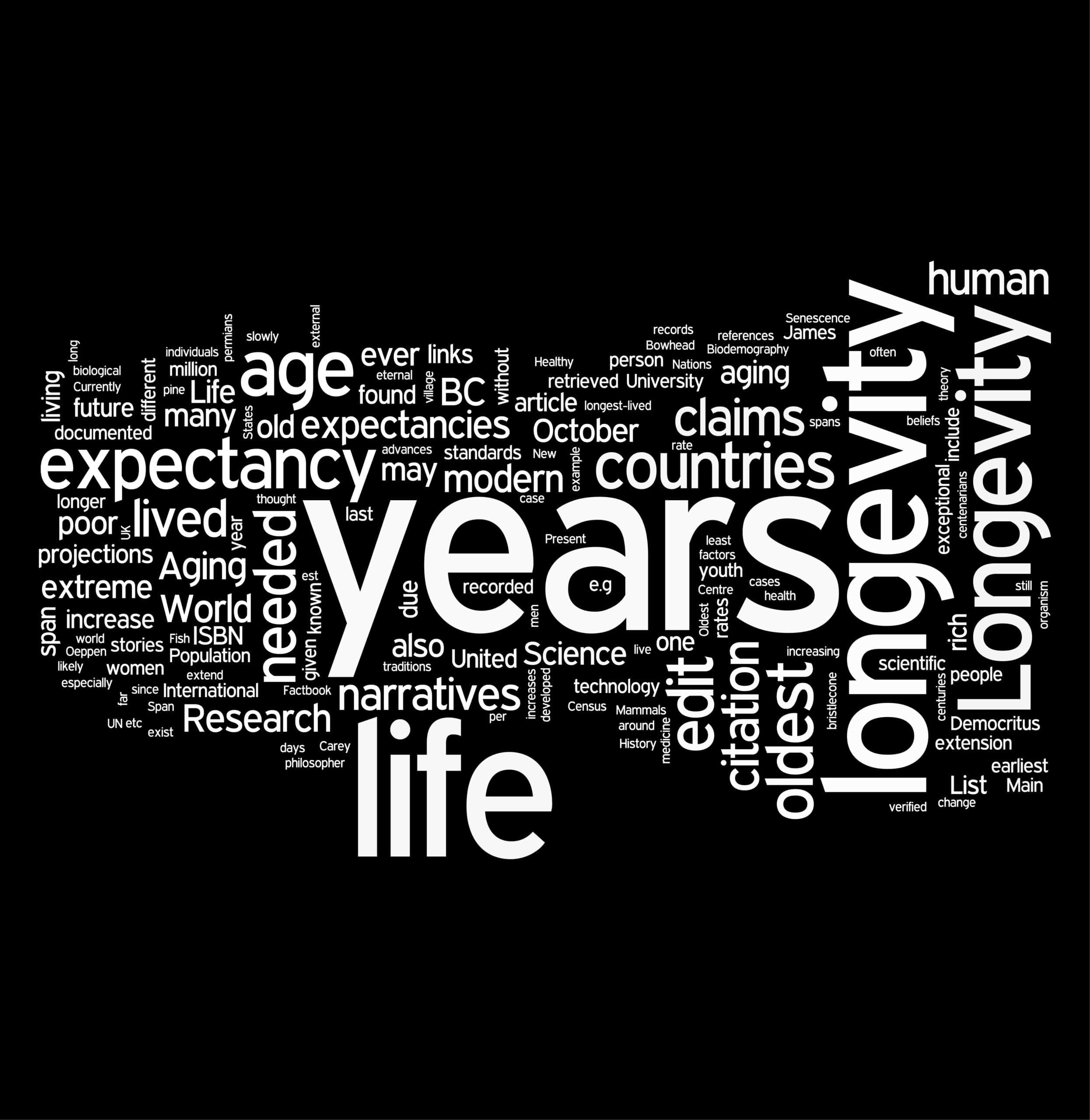Researchers from the University of California and University of Rome tracked death trajectories of close to 4000 residents of Italy aged 105+ between 2009 to 2015 and found chances of survival for these semi-supercentenarian and supercentenarian longevity warriors plateaued once they made it past the age of 105. The oldest human on record to date is Jeanne Calment of France at 122 who died in 1997. This study challenges previous claims that the human lifespan has a final cut off point.
Researchers say that their data suggests that there is no fixed limit to the human lifespan. Mortality rates are being seen that stop getting worse with age and they get slightly better over time. Results specifically show semi-supercentenarian between the ages of 105-109 had a 50/50 chance of dying within the year and an expected further lifespan of an additional 1.5 years, that same life expectancy rate was projected for 110 year old supercentenarian, showing the plateau.
Trajectory for nonagenarians is somewhat less forgiving. It was found that women born in 1904 reaching the age of 90 had 15% chance of dying within the next year and 6 six to live on average; should they survive to 95 odds of dying within a year increased to 24% and life expectancy from that point dropped to 3.7 years.
Researchers tracked the mortality rate of 3836 longevity warriors born between 1896 and 1910 using the latest data from the Italian National Institute of Statistics, and credit the institute for tracking extreme ages due to a national validation system measuring age at time of death to the nearest day, and for having the best data for extreme age longevity assembled.
As humans live into the 80s and 90s mortality rates surge due to frailty and increased risk of ailments including pneumonia, stroke, cancer, heart disease, and dementia. Evolutionary demographers such as these researchers theorize those longevity warriors who survive longer do so because of demographic selection and/or natural selection. Frail individuals tend to die earlier while more robust individuals and those who are genetically blessed can live to these extreme ages.
It was noted that very similar lifecycle patterns have been observed in other species such as worms and flies; what do we have in common with these, at least one thing comes to mind: we are all products of evolution.




